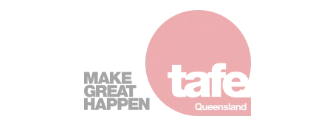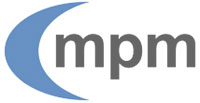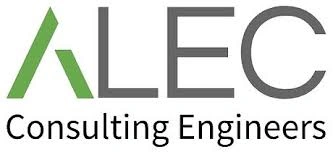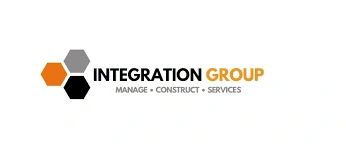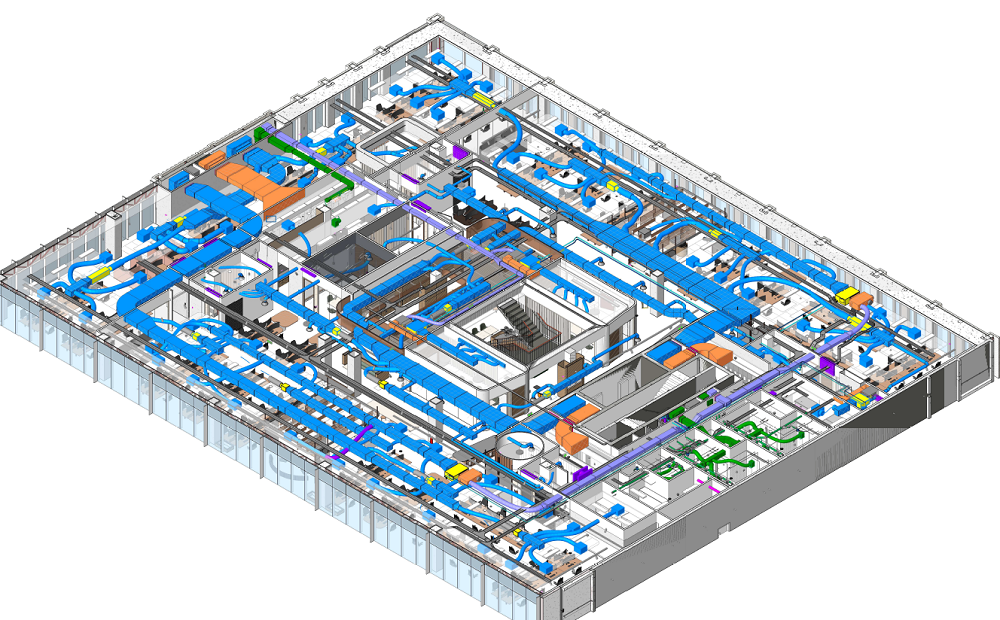
In the realm of architectural design and engineering, Revit stands as a cornerstone software, revolutionizing the way professionals conceive, visualize, and execute their projects. However, the efficacy of Revit software lies not just in its functionalities, but equally in the quality of content it utilizes. Creating good Revit content is pivotal for designers and architects, as it directly impacts the efficiency, accuracy, and quality of the design process.
First and foremost, good Revit content streamlines the design process, facilitating efficient workflows and seamless collaboration among team members. By crafting custom families, templates, and libraries tailored to specific project requirements, designers can eliminate redundant tasks, reduce errors, and accelerate project timelines. Consistency in content ensures that every team member is on the same page, fostering cohesion and synergy within the design team.
Moreover, quality Revit content enhances design accuracy and precision. Custom-built families and components accurately represent real-world objects, enabling designers to create more realistic and detailed models. Whether it’s intricate architectural elements, mechanical systems, or furniture pieces, having access to high-quality content ensures that designs are not only visually appealing but also functionally sound. This level of accuracy is indispensable in detecting clashes, optimizing space utilization, and ensuring compliance with regulatory standards.
Furthermore, good Revit content empowers designers to unleash their creativity and innovate beyond conventional boundaries. By investing time in developing versatile and customizable families, designers can explore various design possibilities and experiment with unconventional solutions. Whether it’s designing parametric components, adaptive structures, or sustainable features, having a robust library of content provides designers with the flexibility to push the envelope of creativity and deliver truly exceptional designs.
Additionally, quality Revit content fosters consistency and brand identity across projects. By establishing standardized templates, families, and libraries, design firms can maintain a cohesive aesthetic and uphold their brand integrity. Consistent use of content not only reinforces brand recognition but also streamlines the design process by eliminating the need to reinvent the wheel with each new project. This consistency extends beyond visual elements to encompass performance metrics, sustainability standards, and design philosophies, reinforcing the firm’s commitment to excellence.
Furthermore, good Revit content future-proofs designs, enabling scalability and adaptability to evolving project requirements. By building parametric families and components, designers can create models that are easily adjustable and responsive to changes throughout the design lifecycle. Whether it’s accommodating design revisions, responding to client feedback, or incorporating new technologies, adaptable content ensures that designs remain agile and relevant in the face of evolving demands.
Creating good Revit content cannot be overstated in the realm of architectural design and engineering. From streamlining workflows and enhancing accuracy to fostering creativity and maintaining consistency, quality content serves as the cornerstone of efficient and effective design practices. By investing time and resources in developing customized families, templates, and libraries, design professionals can elevate the quality of their work, deliver exceptional designs, and stay ahead in an increasingly competitive industry landscape.
Testimonials
Thank you for all your efforts on our projects; they have been an invaluable contribution to their success. We look forward to working with you on future projects.
Ian Ferguson MPM Group
Jess and Karl at Draftech were amazing. The communication from the start was prompt, and the entire process was extremely easy. We needed their knowledge on Air Schematics, and they had made one up for our buildings that we service. Thanks so much, and we will be using you guys in the future. Cheers, Air Control Australia.
Greg Colebrook AirControl Australia
With Draftech’s thorough understanding of building services modelling and close attention to detail, Forth has been afforded the opportunity to outsource some of our BIM projects with absolute confidence in the accuracy of the final product.
Gary Murdoch Forth Consulting
Very professional and efficient organization. Delivered a great product to a tight deadline.
ACE Power
Karl and the team are very professional and have a vast knowledge of BIM coordination.
Dwayne Willaims Babinda Electrics
We had multiple large projects with tight deadlines and needed a company we could trust. The teams delivery, attention to detail and understanding of what is being designed is always executed to a high standard.
Martin O’Donovan Envar Engineers
Draftech offered a flexible and reliable approach to working collaboratively with our team. They met our expectations and quality requirements and also offered up new ideas.
Draftech have proven to be a valuable and trustworthy resource and we will continue to work with Draftech on other projects.
Simon Marsden Umow Lai
Draftech is different from others in the professionalism and features they provide.
The ability to walk through projects in real time online provides invaluable insight into problem areas and helps provide an efficient resolution on the spot without many phone calls, emails and the necessity for us to paw through countless drawings to understand the issues.
Todd Morris Manager - Air mech
Draftech were put forward to FIP Electrical as the solution to Coordinate, Model, carry out clash detection, provide Electrical Services Shop Drawings, as built documentation and completed electrical model.
Simon Thorpe FIP Electrical
In close collaboration Draftech set up all our systems and model deliverables. In this process Draftech have proven to be a valuable resource for us and demonstrated commitment, understanding and professionalism.
David Skelley DJCoalition
Draftech’s attention to detail and proactive nature throughout the project assisted us in identifying issues before becoming evident on site, saving us both time and unexpected costs.
Matt Payne PJM Engineering Services
They delivered very high quality Revit models and associated 2D documentation at key milestones, working to a tight budget and in strict accordance with the Architects’ BIM requirements.
Peter Thomas Geoff Hesford
We found Draftech’s work to be of high standard and the team delivered exactly as agreed, in fact, when we considered the project complete, Draftech put further resources into the project as they were not satisfied.
John Johnson Beca
Engaging Draftech during design gave us the tools to make smart decisions.
Hansen Yuncken Design Manager - Michael Harkins
The drafting service is timely, reliable and fit for purpose for the built environment.
Peter Harvey Harvey Industries
Draftech stands apart from other drafting services that we have previously used in their attention to detail and ability to adapt to the individual client’s requirements.
Doug Holt McCaig Aircon
I can confidently recommend Draftech as a solid and reliable supplier, and experts in their field. I look forward to working with them again in the near future.
Chris Behan Norman Disney & Young
After seeing the benefits Draftech provided us on the Townsville Hospital Redevelopment we have set up a relationship with Draftech and intend to continue to use their BIM knowledge and skills for our future projects.
Brad Lund Energy Power Systems
Draftech has no competition as they are in a class of their own.
John Boyes Babinda Electrics
Draftech Developments Drafting and Design Capabilities, in conjunction with their outstanding level of Client service and support has provided great solutions to our engineering and Drafting Design portions within our Gorgon Barrow Island Project.
Aaron Hazelton Applied Electro Systems Pty Ltd
Draftech set up necessary systems and workflows very quickly, but also setup auditable estimating and weekly cost tracking processes that we utilised, requiring little maintenance.
TOM PURDON MPM GROUP

